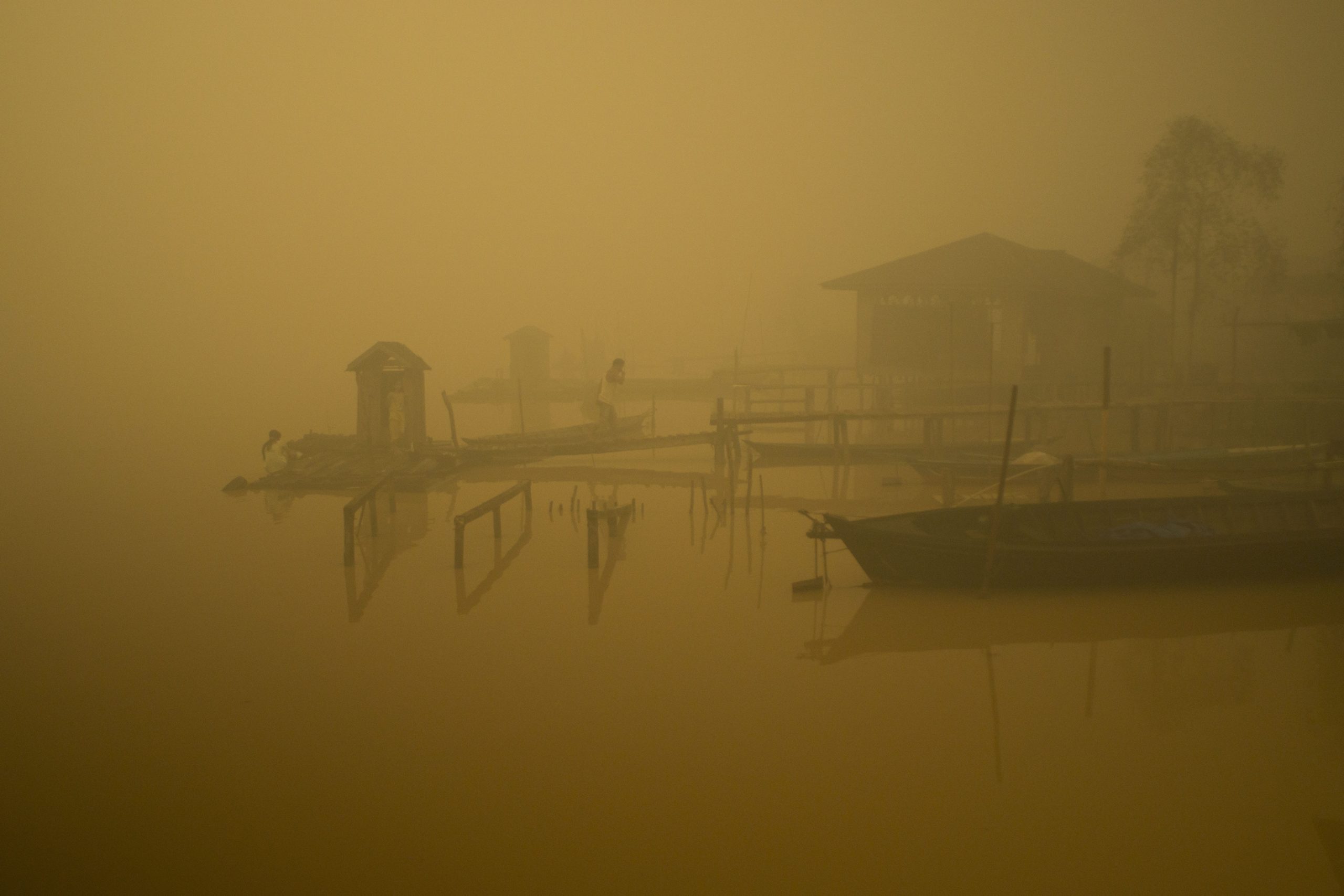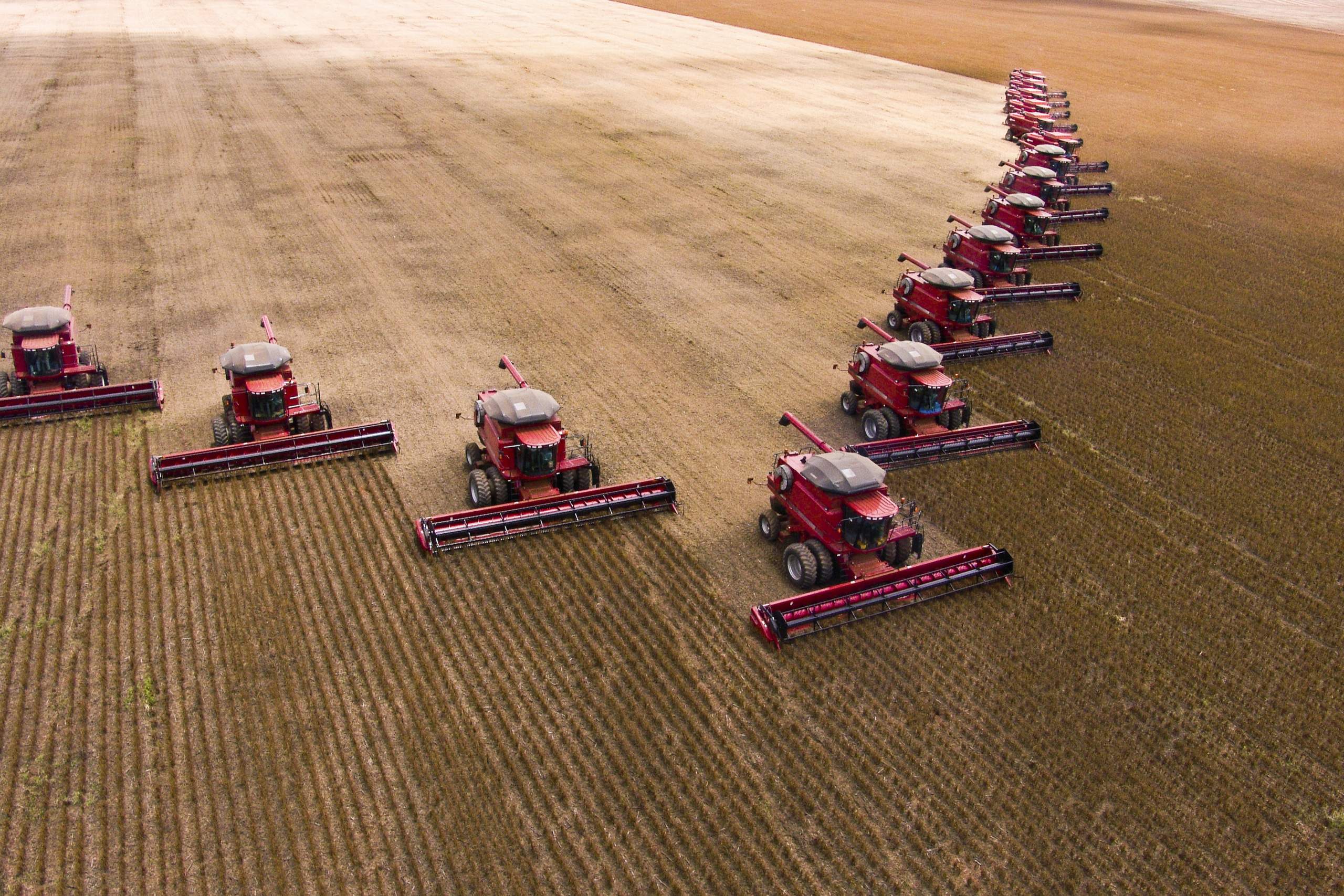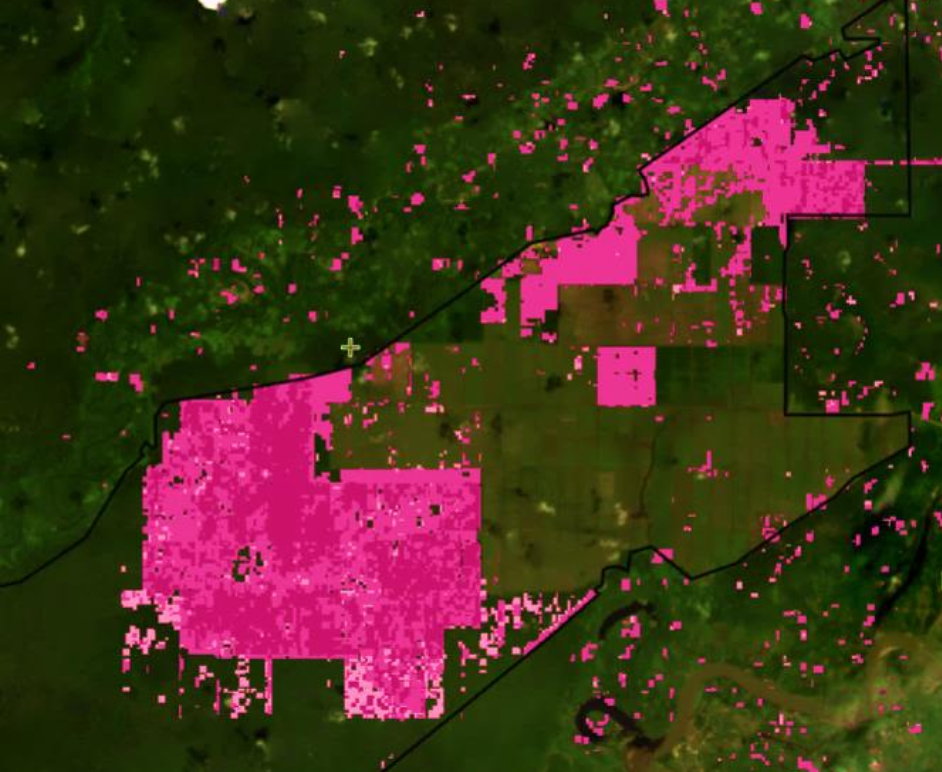
Toxic Forest Fires and COVID-19 Could Be a Deadly Combination in Southeast Asia
By Etelle Higonnet and Erika Dailey
Every summer since the 1990s, toxic smog has descended over Southeast Asian countries, as dangerous fumes from raging tropical forest and peatland fires in Indonesia spill over into Malaysia and Singapore. However, this year, the smog and the COVID-19 pandemic could pose a double crisis, as experts say that air pollution could exacerbate the number of coronavirus deaths.
While the area consumed by fires so far this year pales in comparison to 2019, the Indonesian province of Central Kalimantan—the country’s third largest—has already declared a state of emergency lasting from July 1 until September 28, after provincial authorities identified more than 700 active fires since the start of the year. If Indonesian authorities do not succeed in controlling the fires in Central Kalimantan, the Malaysian Meteorological Department expects the seasonal cross-border haze to hit the country again this year in August or September. Meanwhile, Indonesia already has one of the highest death rates from the pandemic in Asia, and cases continue to rise.
The hazardous haze is no accident. Every year the region suffocates from fires, which are frequently used by companies and farmers to clear forest and peatland to prepare land for oil palm plantations. Peatland fires cause carbon-rich soils to burn for days or weeks, even smoldering underground and re-emerging away from the initial source. This makes these fires difficult to extinguish, unpredictable and uncontrollable.
The fires are visible from outer space, and last year, photos of the annual fires in Indonesia turning the sky blood red went viral. But these fires aren’t just an eyesore; they’re also an environmental and public health emergency that forces tens of millions of people to inhale toxic fumes for months on end. In 2015, wildfire smoke consumed 2 million hectares of forest, exposed 69 million people to unhealthy levels of smog and is estimated to have caused over 100,000 premature deaths in that year alone. Smog from Indonesia even reached the island of Guam, more than 2,000 miles away. The 2015 episode also burned and killed endangered orangutans and destroyed so much of their habitat that scientists estimated that it could wipe out a third of the remaining wild population. Moreover, the fires were a climate catastrophe: 2015 Indonesian haze emissions outstripped the entire US economy’s emissions for 38 out of 56 days in a row.
Indonesia is now the world’s largest producer of palm oil, which is rapidly becoming a go-to source of biofuel in Asia, used to generate petrol for running automobiles and machinery. It is one of Southeast Asia’s biggest exports, supplying this essential commodity to the United States, Europe, and the region’s economic giants, China and India. The majority of consumers in countries that import the commodity may not even be aware of the ubiquity of palm oil as a household item. It is found in half of what the average American shopper takes home from the supermarket, from cookies to lipstick to cleaning fluids—like in the popular brand Palmolive—to cooking oil used to fry doughnuts and other foods.
Forest and peatland fires, especially in Indonesia, have continued to reach alarming levels, despite policies implemented by Indonesian President Joko Widodo in 2015 aimed at addressing deforestation and poor peatland management. While Indonesia and Malaysia have banned the use of fire, agribusiness producers face few consequences as a result of ignoring these laws. Corruption, weak law enforcement, unequal access to justice for impacted communities, political finger pointing between Indonesia, Singapore, and Malaysia, and a lack of transparency surrounding the supply chain in the plantation sector also lead to there being a predictable and deadly fire and haze crisis every year. The decades-old practice of illegal land grabbing means that indigenous communities continue to fight the encroachment of industries, including the palm oil industry, on their customary lands. There is concern that continued exposure to smog could put indigenous populations, who often have limited access to health services such as COVID-19 testing, and live in communities where infections can spread rapidly, particularly at risk. Now, reallocation of disaster preparedness funds for the COVID-19 pandemic also may result in diminished resources being put toward controlling forest fires and haze.
The exploitation of the rainforests to grow palm oil and other agricultural crops is a major economic driver in the region. Indonesia has already announced plans to clear over two million acres of peatland in Borneo to implement a mega ‘rice plan’. The government of Indonesia is aggressively driving demand for domestic palm oil biodiesel by currently mandating a state biodiesel blend of 30 percent palm oil, which it plans to increase to 100 percent over the next few years. To this end, it is subsidizing palm oil biodiesel producers, and in July 2020, provided $195 million in subsidies to the industry as part of the COVID economic recovery plan. What’s more, there is no requirement that companies receiving the subsidies adhere to environmental practices nor even to the state’s own no burning law. In fact, one company that is heavily subsidized by the government for palm oil biodiesel production is Tunas Baru Lampung Tbk, which, according to a recent analysis, had the second most fires on its plantation areas of any palm oil company in 2019.
Even in the midst of the pandemic, the Indonesian government is intent on passing a controversial omnibus law that gives sweeping powers to the executive branch, strips labor protections, and weakens environmental safeguards and review processes in the name of economic growth. The draft bill would reduce penalties for environmental offences and allow the central government to issue forest use permits, making it even harder for indigenous and frontline communities to monitor and influence decision-making around forest use. Notably, the bill would strip companies of legal liability for fires on their plantation areas, removing a key deterrent to burning and disincentivizing firefighting and prevention.
Like the fires that have devastated Brazil’s Amazon rainforest, the blazes in Indonesia have far-reaching, transboundary, and even global consequences. The fires destroy irreplaceable ecological resources and biodiversity, as well as cause tens and thousands of unnecessary deaths and respiratory illnesses, a figure that is likely to balloon due to COVID-19. Unless the government and industrial agri-businesses are forced to change course, the Indonesian fires will continue to be another manufactured disaster—tragic in both its scale and its evitability.
Etelle Higonnet is a senior campaign director at Mighty Earth and Erika Dailey is senior officer for research and publications at the Open Society Justice Initiative. This piece has been cross-posted under a creative commons license from the Open Society Justice Initiative.
Photo: Members of the indigenous community live at the riverbanks in Kapuas river where the air is engulfed with thick haze at Sei Ahass village, Kapuas district, Central Kalimantan province on Borneo island, Indonesia. 2015 © Ardiles Rante / Greenpeace


